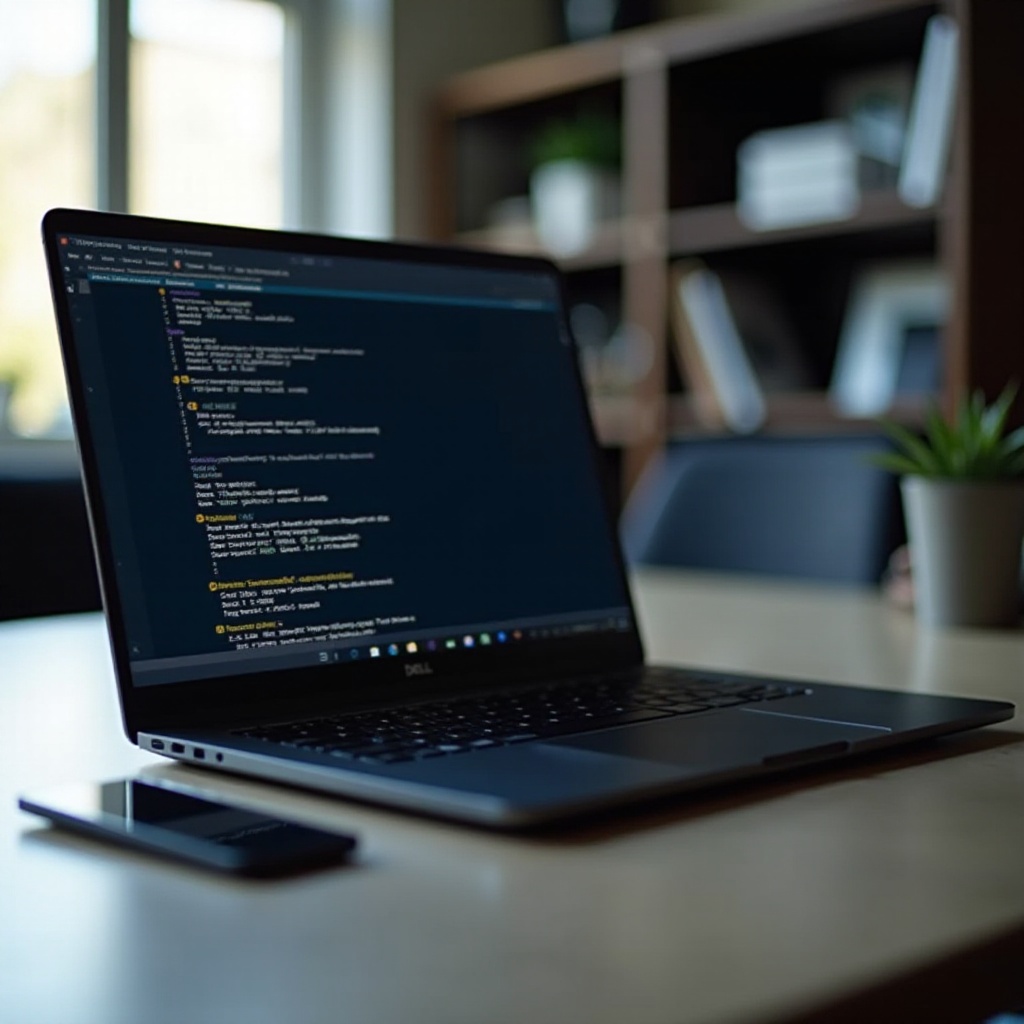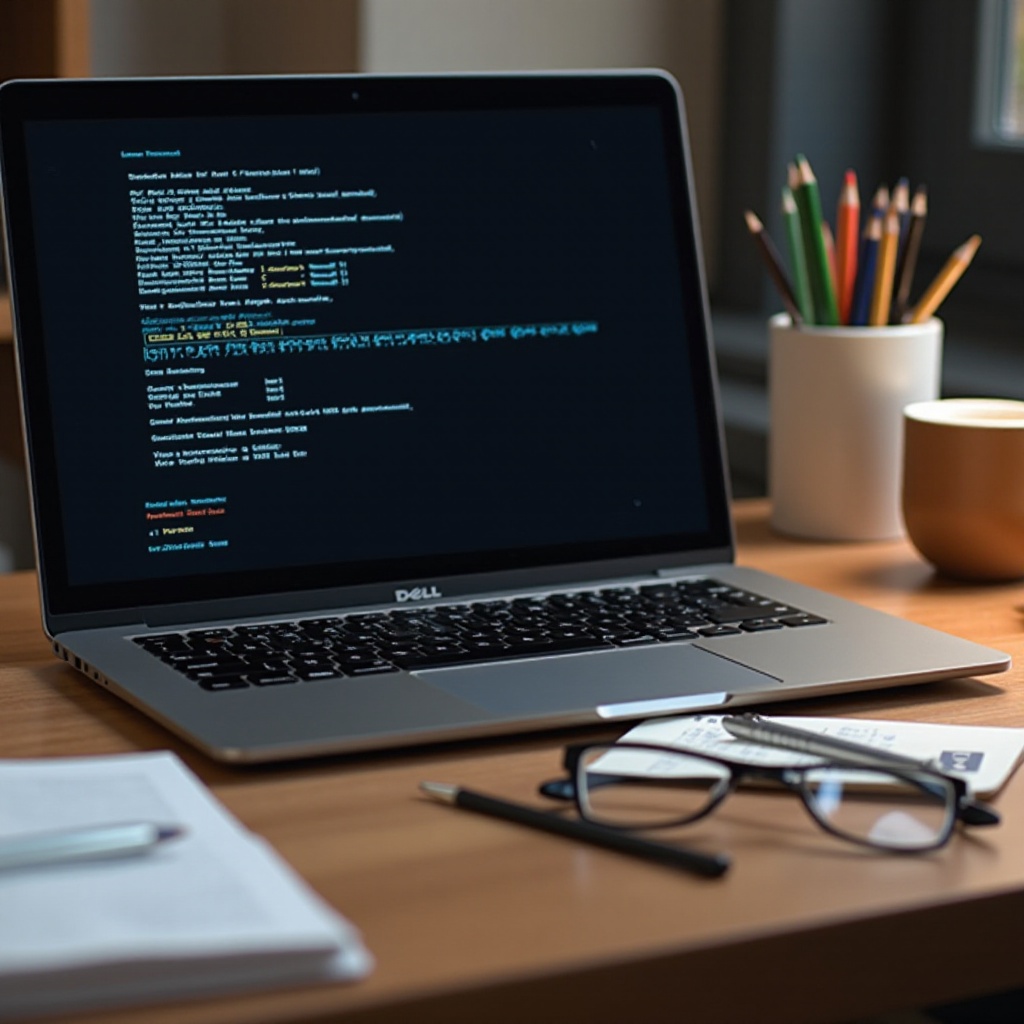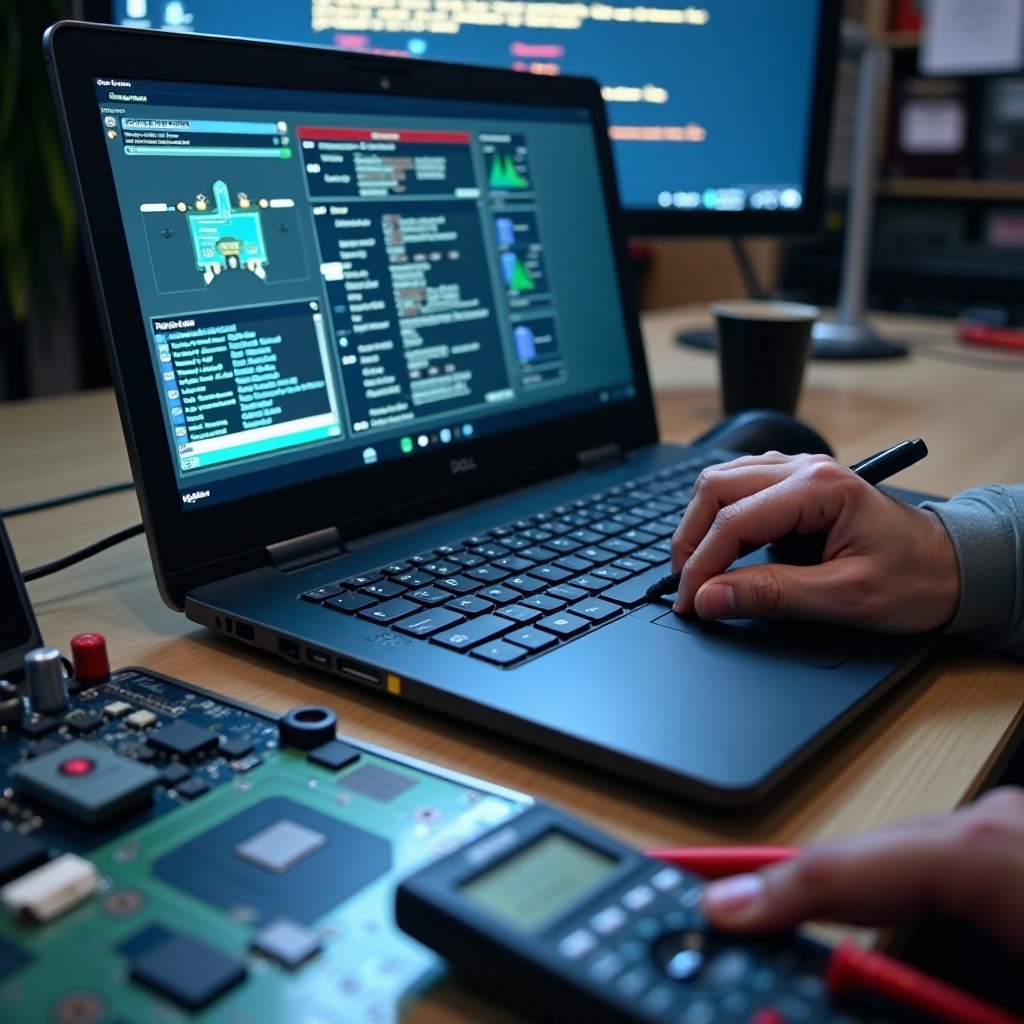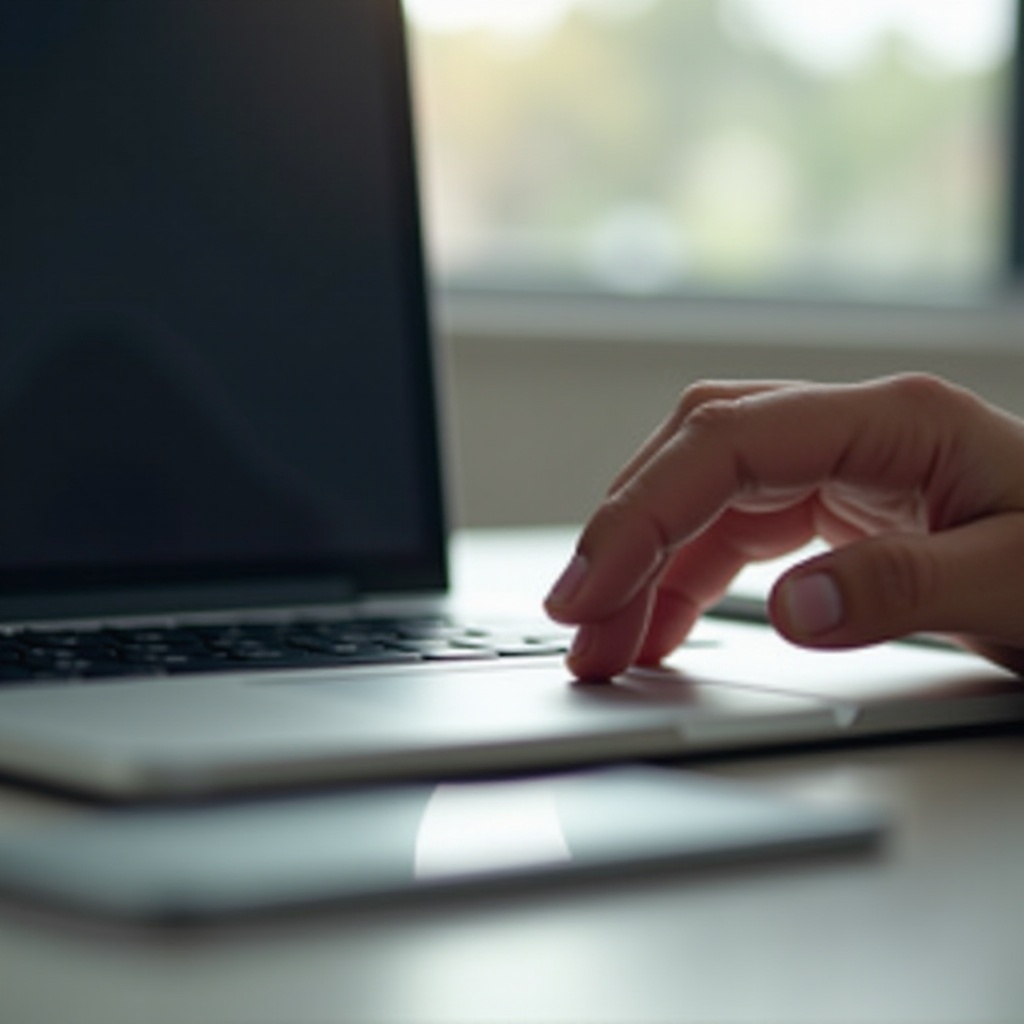How to Fix a Dell Laptop That Reboots on Its Own: A Comprehensive Guide
Introduction
A Dell laptop that reboots on its own can be incredibly frustrating. Unplanned reboots can disrupt your work, cause data loss, and generally impede productivity. Recognizing the root causes and learning how to fix these issues is vital. Whether it’s a matter of overheating, software conflicts, or hardware failures, this guide will walk you through diagnosing the problem and finding effective solutions.

Common Causes of Automatic Reboots
Identifying why your Dell laptop keeps rebooting is the first step toward resolving the issue. Several factors could be at play.
Overheating
Overheating is a frequent cause of unexpected reboots. When laptop components like the CPU or GPU get too hot, thermal protection mechanisms kick in, causing the laptop to shut down or reboot to prevent damage.
Software Conflicts
Software conflicts, such as incompatible drivers or corrupted system files, can trigger unexpected reboots. These conflicts often arise after software updates or the installation of new programs.
Hardware Failures
Faulty hardware components, including RAM modules, hard drive issues, or failing motherboards, can cause your laptop to reboot automatically. These problems often present intermittent symptoms that can be tricky to diagnose.
Power Supply Issues
Unstable power supply or defective power adapters can lead to unexpected reboots. Voltage fluctuations or short circuits within the laptop’s power circuitry can also be culprits.

Diagnosing the Problem
Addressing the automatic reboot issue involves systematic diagnosis to pinpoint the exact cause.
Checking Temperature and Cooling Systems
Monitoring your laptop’s temperature and ensuring effective cooling is crucial. Use software tools like HWMonitor to track system temperatures. Examine and clean cooling fans and vents to improve airflow.
Running Diagnostic Tools
Dell laptops come with built-in diagnostic tools like the Dell SupportAssist. Running these tools can help identify hardware failures or issues with system components.
Identifying Problematic Software
Software issues can often be diagnosed by booting in Safe Mode. This mode runs a minimal set of drivers, helping you identify if newly installed software or updates are causing the problem.
Verifying Power Supply
Check the laptop’s power supply for stability. Ensure that your power adapter works correctly by testing it with another compatible Dell laptop or using a different power adapter.

Step-by-Step Fixes
Once you’ve diagnosed the potential cause, follow these steps to address the specific issues.
Cleaning and Improving Ventilation
- Turn off the laptop and unplug it from the power source.
- Use compressed air to clean dust from the vents, fan, and cooling system.
- Consider using a cooling pad to improve airflow.
Updating Software and Drivers
- Install the latest Dell BIOS update from the Dell website.
- Update all device drivers through the Dell SupportAssist tool or Device Manager in Windows.
- Ensure all operating system updates are current.
Testing and Replacing Faulty Hardware
- Run memory diagnostics using tools like MemTest86 to check RAM.
- Use disk-checking utilities to scan for hard drive errors.
- Replace any identified faulty hardware components with new parts.
Ensuring Stable Power Supply
- Test the power adapter with another Dell laptop.
- Use a surge protector to safeguard against voltage spikes.
- Replace the power adapter if it’s defective.
Preventative Measures
To avoid future issues, implement these preventative steps.
Regular System Updates
Always keep your operating system, drivers, and BIOS updated. Regular updates can prevent many software-related issues.
Proper Laptop Maintenance
Regularly clean your laptop’s vents and fans. Monitoring system temperature periodically can help avert overheating problems.
Safe Usage Environments
Avoid using the laptop on soft surfaces like beds or couches where vents can get blocked. Choose a flat, hard surface to ensure optimal ventilation.
When to Seek Professional Help
While self-diagnosis and repair can resolve many issues, certain problems require professional expertise.
Identifying Persistent Issues
If your laptop continues to reboot unexpectedly despite your best efforts, it might be time to consult a professional.
Finding Certified Dell Technicians
Search for authorized Dell service centers or certified technicians. They can perform in-depth diagnostics and repairs, ensuring your laptop’s issues are resolved properly.
Conclusion
Understanding and resolving the reasons behind your Dell laptop’s unexpected reboots can save you from a lot of frustration. By following this comprehensive guide, you can usually identify and fix the underlying issues. Remember to maintain your laptop regularly and keep it updated. If the problem persists, don’t hesitate to seek professional assistance to get your laptop back in optimal working condition.
Frequently Asked Questions
Why does my Dell laptop keep restarting?
Dell laptops may keep restarting due to issues like overheating, software conflicts, hardware failures, or power supply problems. Identifying the root cause through diagnostic tools is essential.
How do I stop my Dell laptop from overheating?
To prevent overheating:
1. Clean the cooling vents and fans regularly.
2. Use a cooling pad.
3. Avoid using the laptop on soft surfaces that block ventilation.
Can a faulty power supply cause my Dell laptop to reboot?
Yes, a faulty power supply can cause your laptop to reboot unexpectedly. It’s important to test and replace defective power adapters to ensure a stable power supply.


